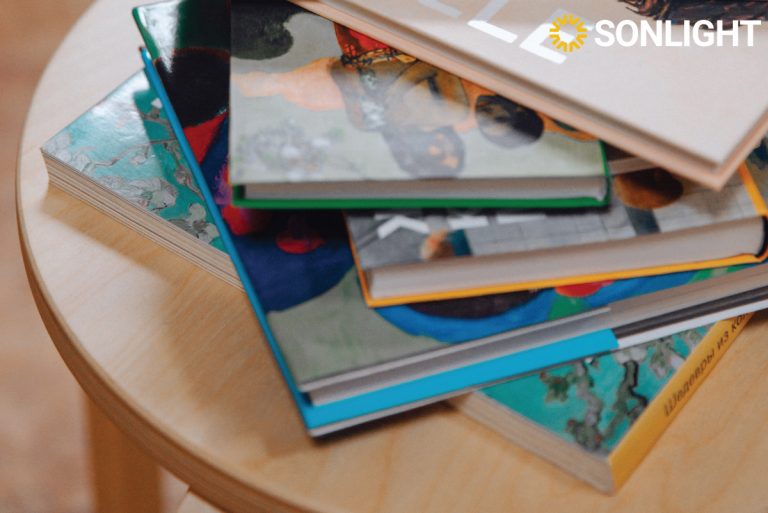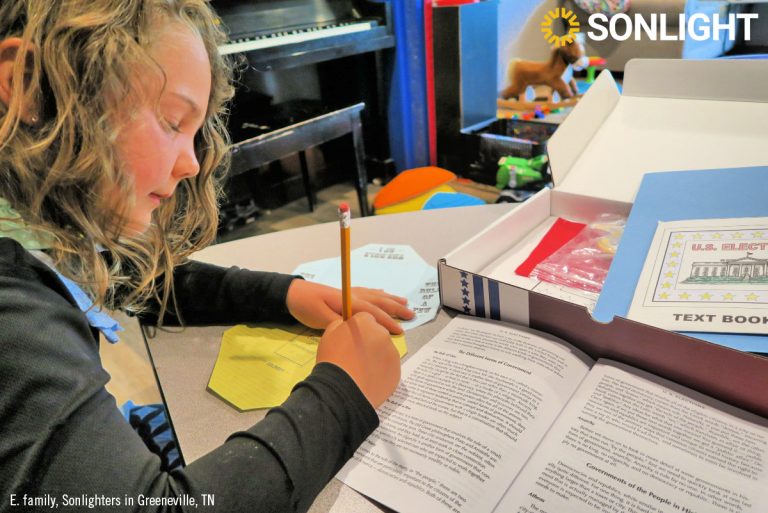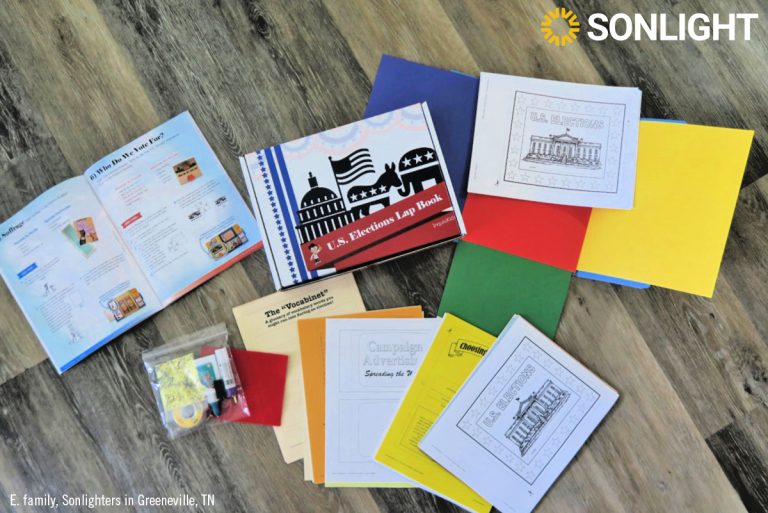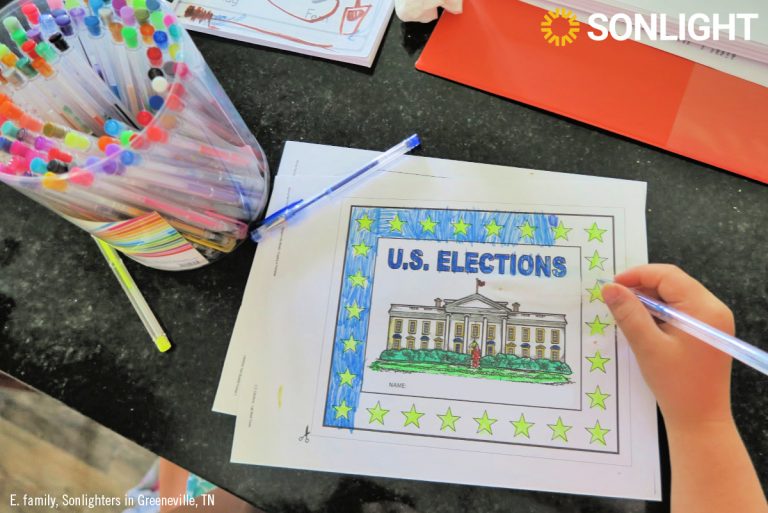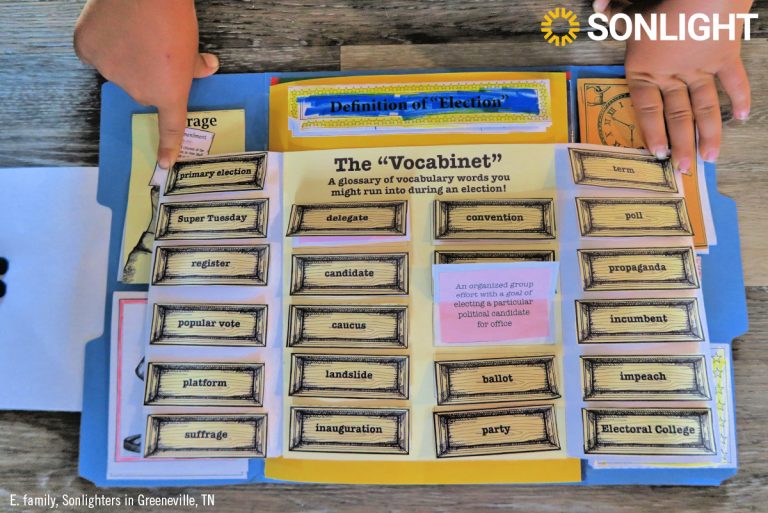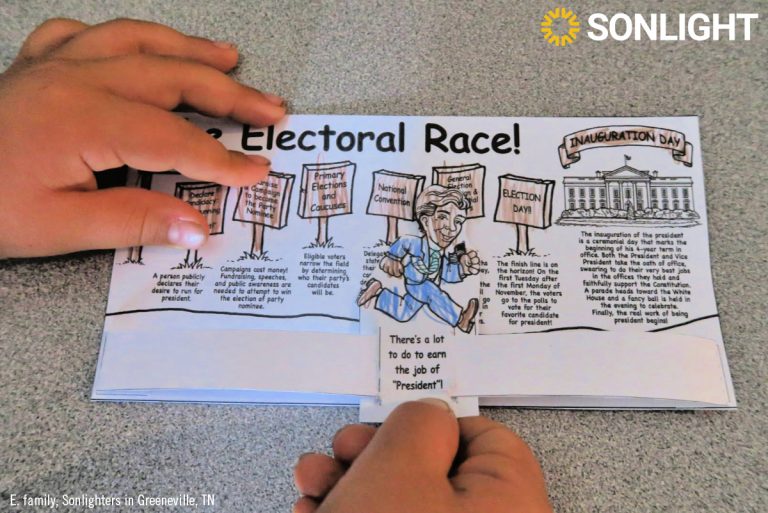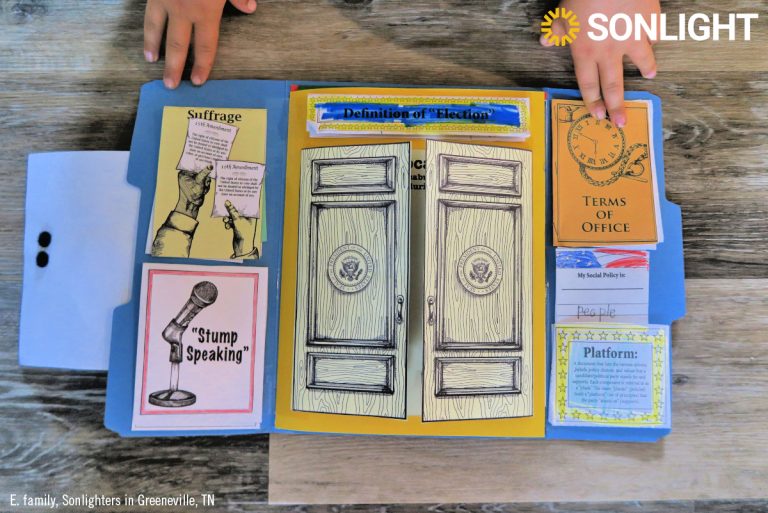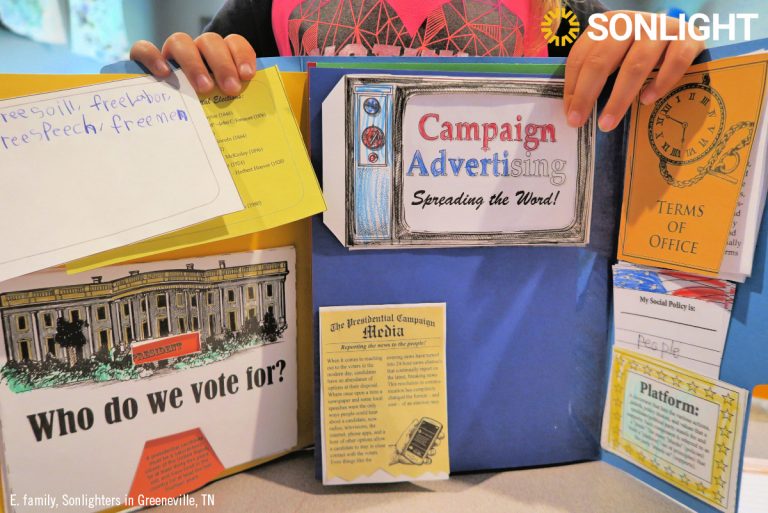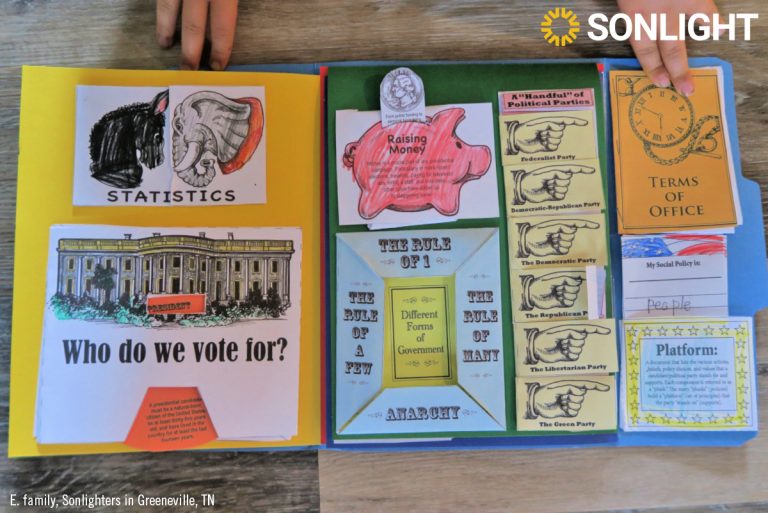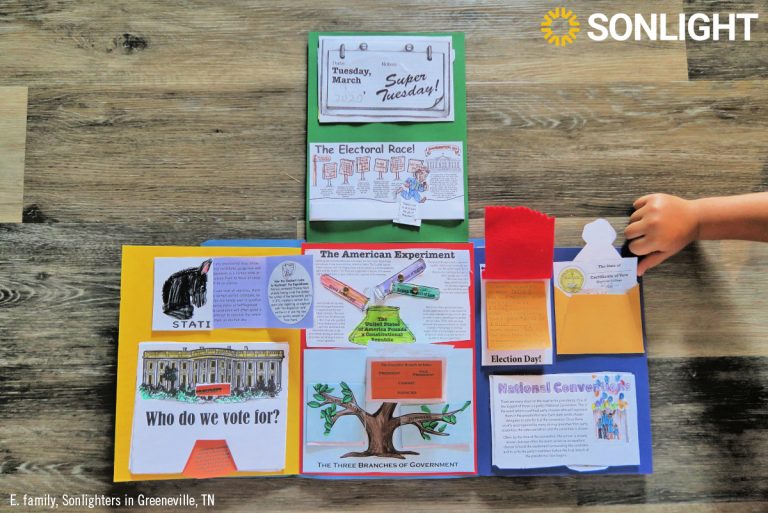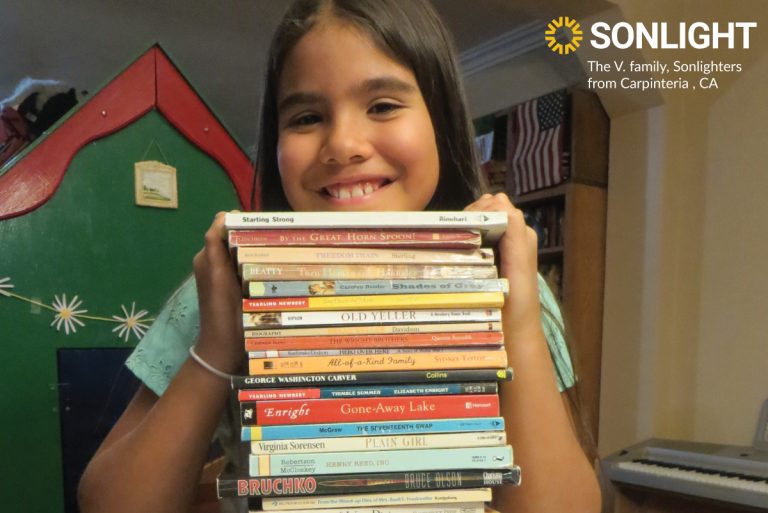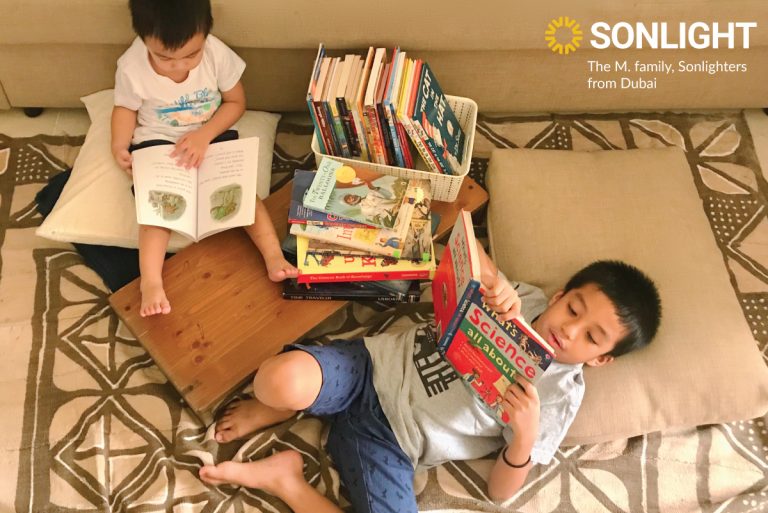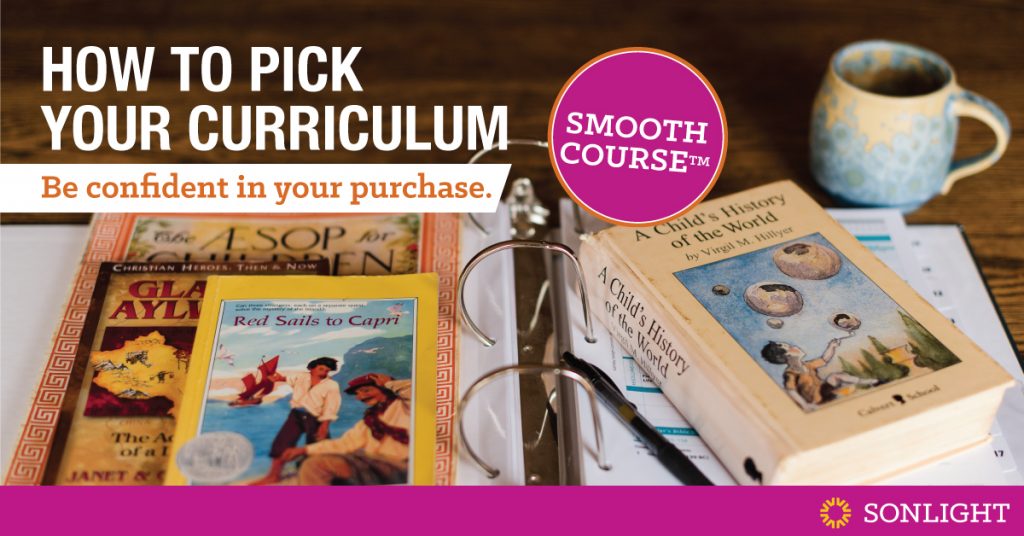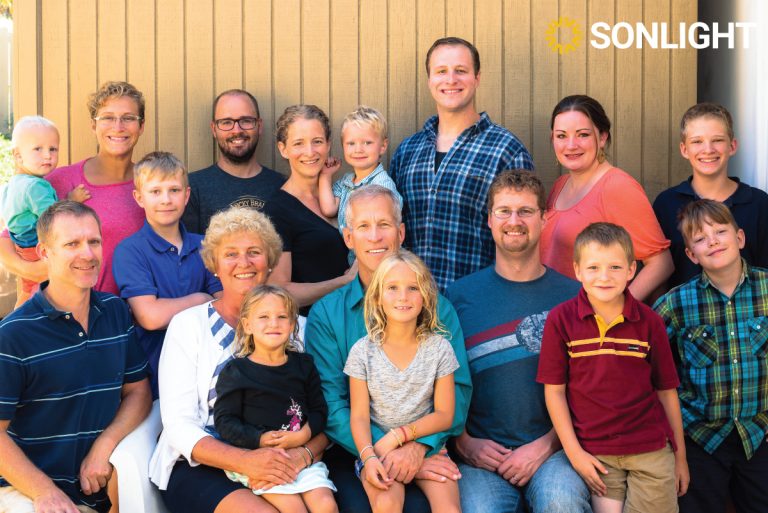
the Holzmann family today
Think back to 30 years ago. Does your life now look like you thought it would then? If you're like me, that question might make you laugh. But praise God for opportunities to grow and serve in ways we would never have expected!
In the past, I wanted to be a children's librarian. But what I really wanted was to help children find good books to read. I believe God has fulfilled that desire.
And as I reflect on 30 joyful years of Sonlight, I can clearly see God's hand guiding me, even as He often changed my plans.
Our Hopes and Goals
In the past, John and I wanted to dedicate our lives to Christian missions. We just thought it would look completely different than it has. After we finished college and got married, John earned his M.Div. and served as an evangelism pastor for a while. Then we moved to Pasadena, California, to serve as stateside missionaries at the U.S. Center for World Mission (USCWM). This was a thrilling time in the field of missiology, as Dr. Ralph Winter developed the concept of unreached people groups and set out on the task of mapping out and reaching all such groups.
We were passionate about reaching the unreached. But we could never have predicted how that passion would unfold.
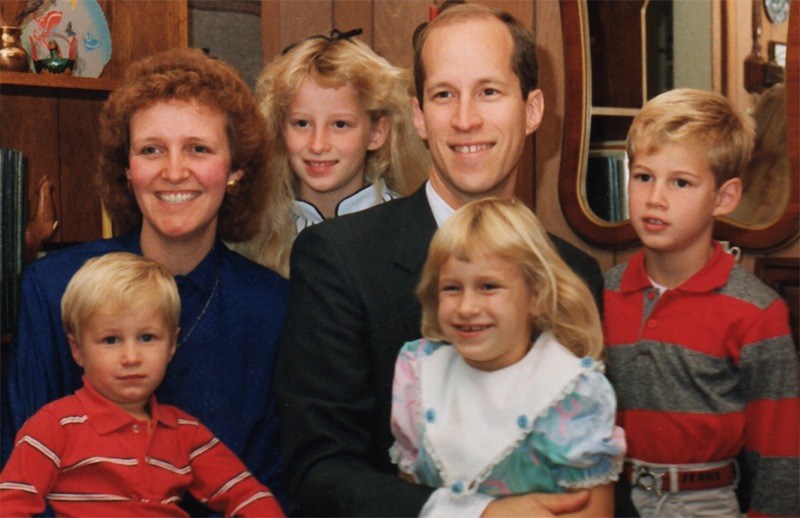
My family around 1989 when we started homeschooling.
I Did Not Want to Homeschool
While we served at the USCWM, we were also raising our children and trying to choose how to educate them. I simply did NOT want to homeschool. When my husband brought the idea up, I refused, "You aren't going to tie me down like that!"
Then John stayed with a wonderful homeschooling family during a business trip. Their family dynamics and innovative way of teaching their children really inspired him.
My Heart Started to Change
After much discussion and prayer, we began to see that this might be the answer we needed for our own children's education. By the fall of 1989, the Lord overruled my reluctance and gave me the great gift of teaching my children.
Initially thinking I would feel trapped or fail, I soon learned homeschooling offered freedom, joy, and precious moments with my children. I quickly grew to absolutely love homeschooling.
The Vision Expanded
Then God took our unexpected homeschool journey and used that to support the work of Christian missions in ways I could never have imagined.
When we started Sonlight in 1990, the second main reason missionaries returned home from the field was that they couldn't find good educational options for their children. Sonlight has helped meet that need. I am humbled to hear of how many missionaries use Sonlight in their homes.
And what's more, through the path that God opened for us, Sonlight has been able to donate significant funds to strategic Christian missions over the past 30 years. Far more than John and I ever could have done on our own. (If you're curious, you can read about the four organizations we support.) Praise God!
The Plans of God
- And so I have not become a children's librarian.
- My kids did not receive most of their education at private or public schools.
- John and I have not continued on as staff at the U.S. Center for World Mission.
- We have not become overseas missionaries ourselves.
But God has guided us on an incredible journey, and He is still guiding us now.
So, if you find yourself unexpectedly homeschooling, I’m praying that your story will mirror mine—that you will find yourself enjoying homeschooling, and falling deeper in love with your children. May this be a precious time in your family’s life. And may you say at the end of your time homeschooling, “I am so grateful God allowed me to homeschool my children and spend that time with them.”
Watch Sarita tell this story and provide more advice for parents being pushed or pulled unexpectedly into homeschooling.
Have you been on an adventure as well? Has God given you unexpected opportunities to grow and serve? I invite you to share your homeschool story with me and other moms using the hashtag #sonlightstories on social media. If you are just starting your homeschool journey, be sure to read through the advice given on the Sonlight blog, get encouragement through our Connections Summit by Sonlight, and contact our Sonlight Advisors for personal guidance.
As you serve in the trenches at home with your children, I am so grateful that I get to come alongside and help. I hope that you, too, come to experience the joy of homeschooling your children.


